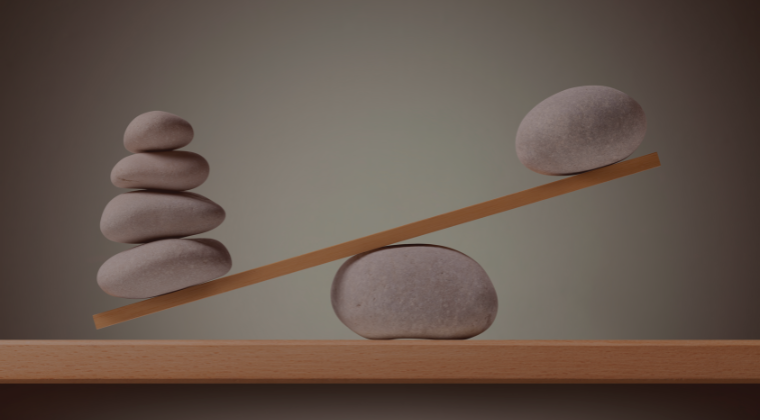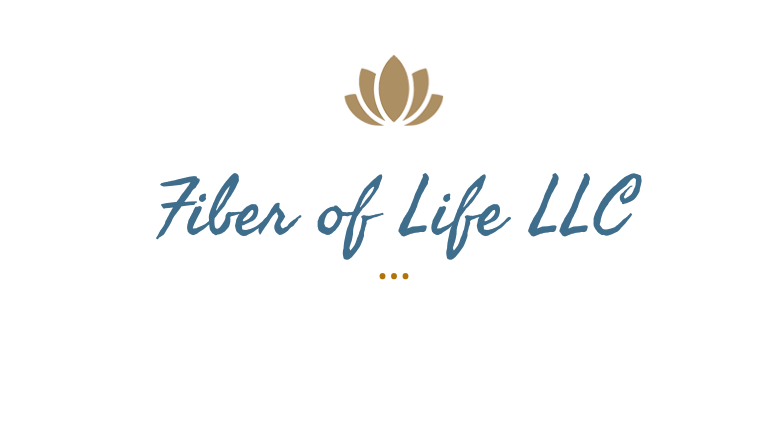
Uncovering and Resolving Your Body’s Structural Imbalances
"It's more important to understand the imbalances in your body's basic systems and restore balance, rather than name the disease and match the pill to the ill."
Dr. Mark Hyman
By taking the time to understand and address our body’s structural imbalances, we can uncover a pathway to pain relief. Chronic pain can be debilitating, affecting our physical and mental well-being. In this post, we’ll explore the concept of structural imbalances and how resolving them can help alleviate chronic pain. Join me on this journey of self-discovery and find out how you can take control of your pain.
I remember struggling with chronic pain in my right leg for years. It wasn’t until I started paying attention to my posture and seeking professional help that I discovered my body’s structural imbalances. Through a series of assessments and targeted exercises, I gradually corrected my posture, realigned my spine, and eased the burden on my lower back and hips. This transformative experience not only relieved my pain but also opened my eyes to the power of self-awareness and proactive care.
The Body’s Architecture:
Our bodies are marvelously designed, composed of a complex network of bones, muscles, and connective tissues working in harmony. Symmetry in the human body is both aesthetically and functionally important. While there is no such thing as perfect, symmetry helps to improve balance and coordination for more efficient movement.
Factors like sedentary lifestyles, poor posture, injuries, or even emotional stress, create imbalances within this intricate architecture. Over time we develop preferences (right or left-handed) that become patterns. As a result, one side of the body becomes dominant and the muscles on the other side become relatively weaker (or tighter) to compensate. Our bodies eventually accumulate the wear and tear of daily activities. These imbalances can lead to muscular tension, joint misalignment, and restricted movement, ultimately manifesting as chronic pain.
Uncovering the Imbalances:
The first step towards resolving chronic pain is to uncover the hidden imbalances within our bodies. It requires a keen sense of self-awareness and observation.
First, take a moment to reflect on your daily activities and movements. Do you spend hours hunched over a desk? Or perhaps you favor one side of your body during exercise? These seemingly minor habits can have a profound impact on our structural alignment over time.
The next step is to explore a few self-assessment techniques to check for structural imbalances. One simple way is to stand in front of a mirror and look for any areas where your body appears to be uneven. In addition, you can try doing some simple movements, such as bending forward or reaching overhead, to see if you feel any pain or tightness.
If you suspect that you have a structural imbalance, it’s important to seek help from qualified wellness practitioners. Left untreated, structural imbalances can lead to pain, decreased range of motion, and other health problems.
Common Structural Imbalances
Here are some of the most common structural imbalances in the body:
- Forward head posture: This is a condition where the head is positioned too far forward in relation to the spine. It can cause pain in the neck, shoulders, and back.
- Rounded shoulders: This is a condition where the shoulders are hunched forward. It can cause pain in the neck, shoulders, and upper back.
- Kyphosis: This is a condition where the spine curves inward in the upper back. It can cause pain in the upper back and neck.
- Lordosis: This is a condition where the spine curves outward in the lower back. It can cause pain in the lower back and hips.
- Pelvic tilt: This is a condition where the pelvis is tilted forward or backward. It can cause pain in the lower back, hips, and knees.
Resolving Imbalances:
Once we have identified our body’s imbalances, the journey to resolving them begins. Seeking guidance from qualified healthcare professionals such as chiropractors, physical therapists, or structural integration practitioners can provide invaluable insights. They can develop personalized plans to address your specific imbalances and guide you through exercises, stretches, and bodywork techniques to correct structural misalignments and release tension.
Furthermore, incorporating mindful movement practices such as yoga, Pilates, or tai chi can help improve body awareness, strengthen weak areas, and restore balance. Remember, the key is consistency and commitment to the process. Realignment takes time, but the results are worth the effort.
If you have any of these structural imbalances, there are a number of things you can do to improve your alignment and reduce pain.
Strategies for Resolving Imbalances
These include:
- Strengthening and stretching exercises: There are a number of exercises that can help to strengthen the muscles that support the spine and improve flexibility.
- Posture correction exercises: These exercises can help to retrain your body to maintain good posture.
- Massage therapy: Massage can help to relax tight muscles and improve circulation.
- Chiropractic adjustments: Chiropractic adjustments can help to realign the spine and reduce pain.
- Osteopathic manipulation: Osteopathic manipulation is a hands-on therapy that can help to improve circulation, reduce pain, and promote healing.
The Benefits of Resolving Imbalances:
By actively working to uncover and resolve our body’s structural imbalances, we can experience a range of benefits beyond pain relief. Improved posture, enhanced flexibility, increased range of motion, more energy (less effort) and better overall body function are just a few of the positive outcomes. Additionally, resolving imbalances can prevent future injuries, boost athletic performance, and promote a sense of well-being.
Conclusion:
In a world where quick fixes and instant relief are often sought after, it’s essential to embrace a more reflective and holistic approach to chronic pain management. By uncovering and resolving our body’s structural imbalances, we lay the foundation for long-lasting relief and a healthier, pain-free life.
So, join us at RESTORE, and together, armed with self-awareness and professional guidance, we can lay a foundation for your journey. Our team is committed to your well-being. Remember, the power to relieve chronic pain lies within your hands – or, more precisely, within your body’s structural balance.
Pam

As the chill of winter settles in, do you find yourself pushing harder, ignoring your body’s signals to slow down?

Let’s talk dreams – those visions you shelved while you were climbing career ladders or pushing boundaries in male-dominated industries

Picture yourself holding a brush, poised to redefine the very essence of your life’s next great work: retirement.

